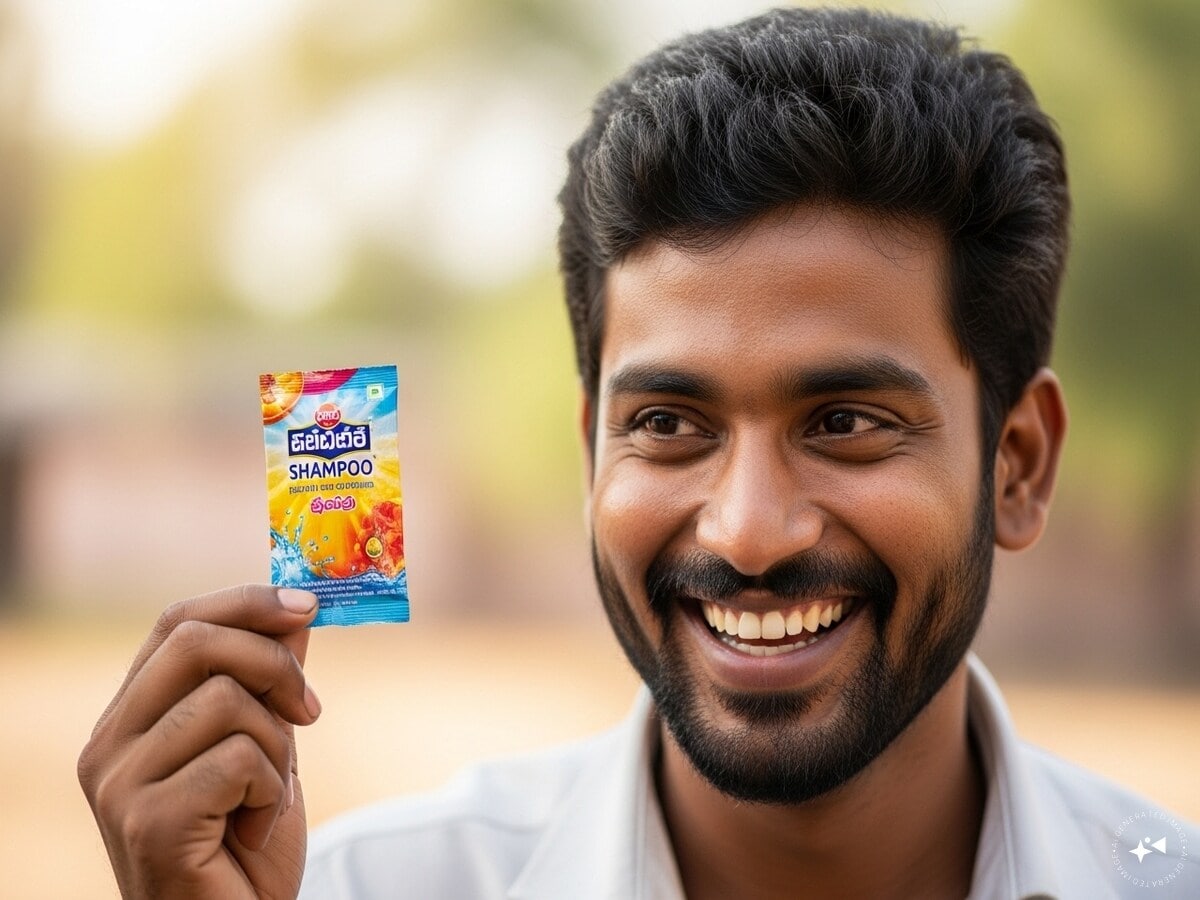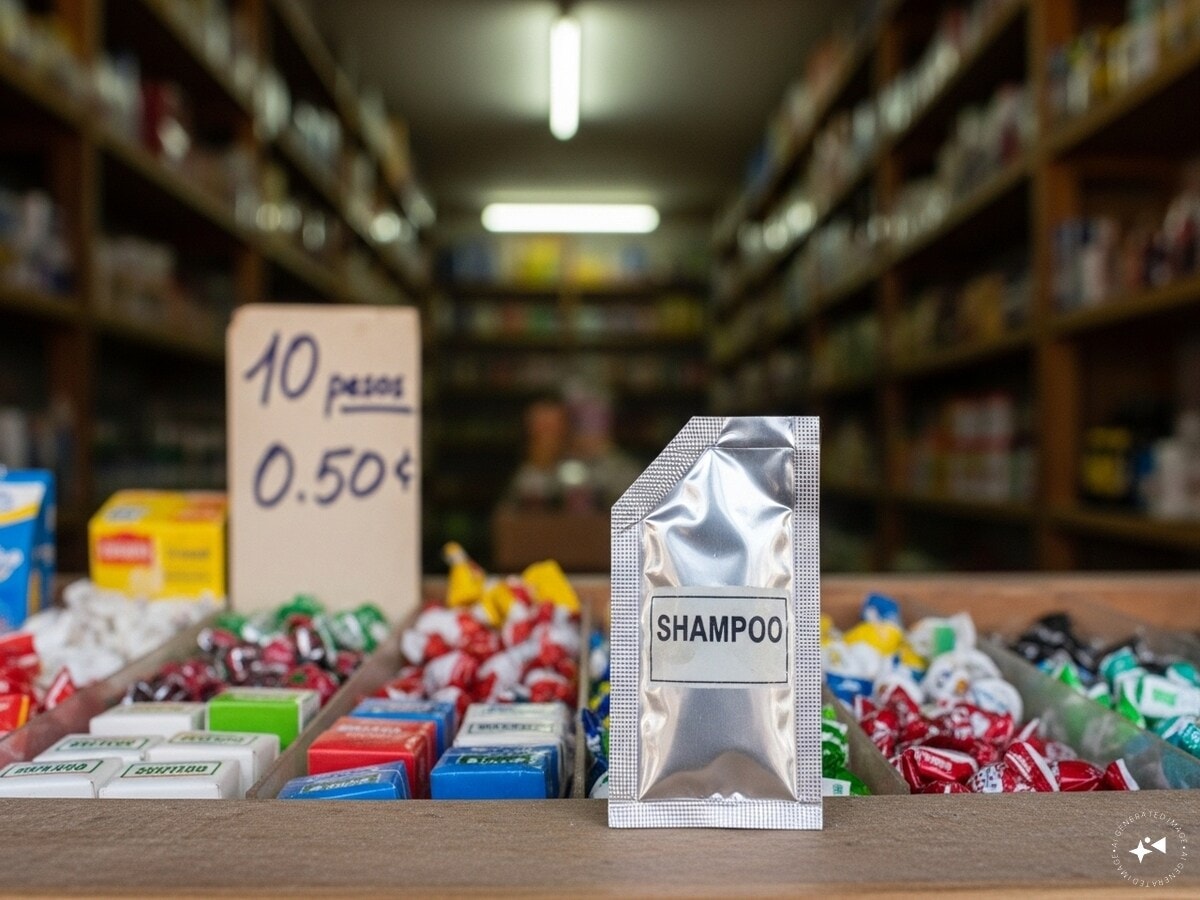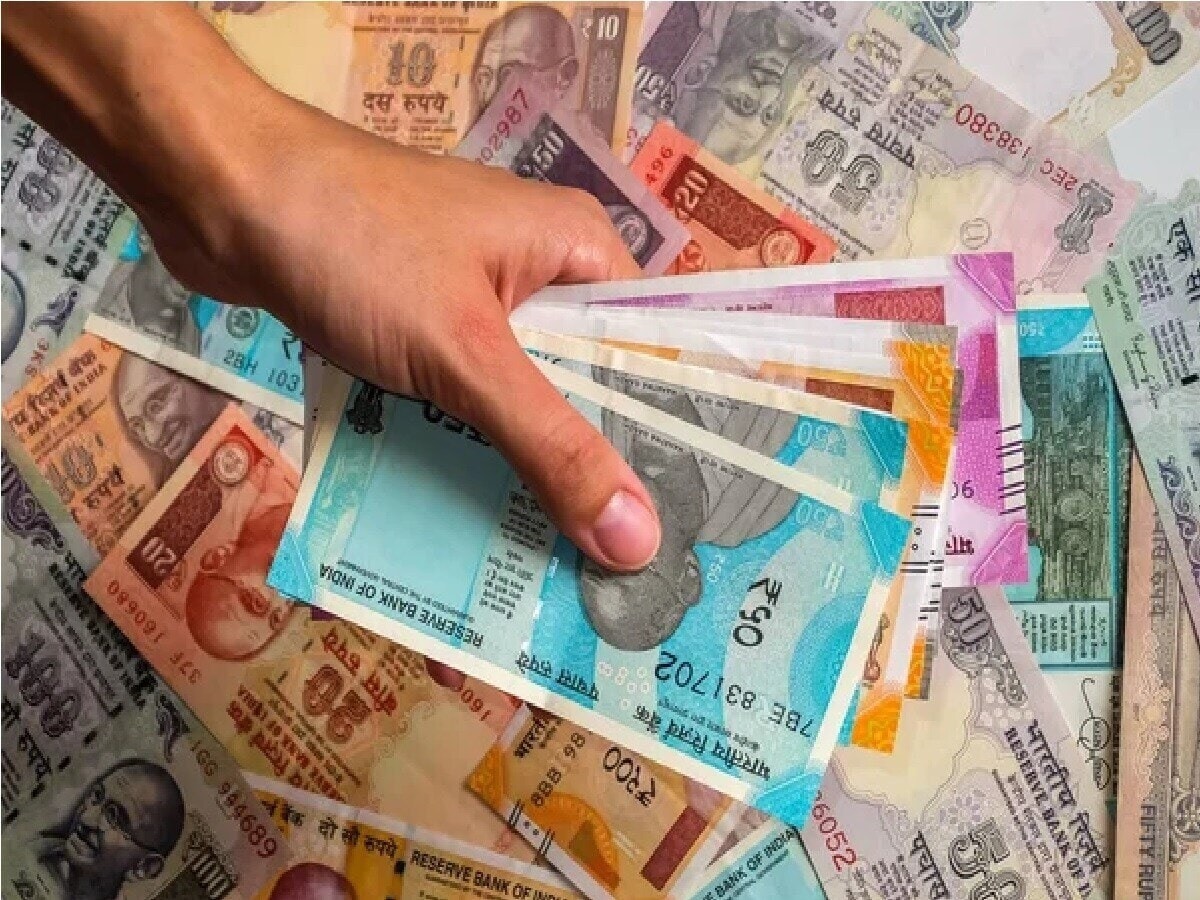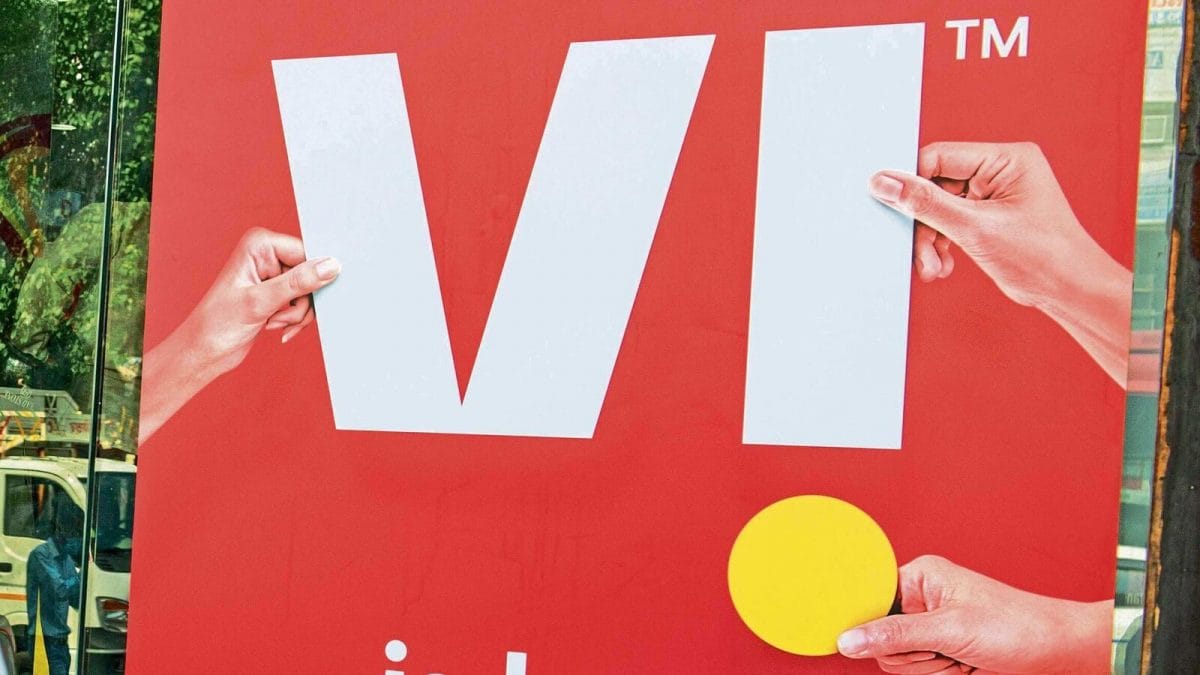
Shampoo holds a special place in daily life—used by everyone from kids to seniors. Some prefer herbal blends, others stick to big brands. For healthy, shiny hair, it’s a household essential. But when you buy it, do you choose a small pouch or a big bottle? That simple choice hides a surprisingly big calculation.

Many believe buying shampoo in a bottle is more economical, offering more product and fewer store trips. But the reality is different. To know whether pouches or bottles truly save money, you need to do a simple cost calculation.

Consider this example: a 180 ml bottle of Dove shampoo costs Rs 180, or Rs 1 per ml. A 5.5 ml sachet of the same shampoo costs Rs 2. To get 180 ml from sachets, you’d need about 33 of them, totaling only Rs 66 (33 × Rs 2). That means buying the bottle costs Rs 114 more—nearly three times the price of sachets.

This pricing tactic isn’t unique to Dove shampoo. Brands use it for products like detergent powder, chips, coffee, and more. In a country like India, selling tiny pouches for Rs 1, 2, 5, or 10 lets even low-income buyers enjoy their preferred brands. It’s a clever, widely used marketing strategy.

So, is buying sachets always the smarter choice? Not necessarily. Pouches have drawbacks too. You can rarely squeeze out every drop, so some shampoo goes to waste. And unlike a bottle, you’ll need frequent store visits to restock, which many find inconvenient and time-consuming.

The choice also depends on where you live. In rural areas, sachets are popular because many people prefer small, low-cost purchases. Urban shoppers, valuing convenience, often buy a month’s supply in a single bottle.

So bottles aren’t a bad choice in every case. For a large family or when you snag big-bottle discounts, they can be cost-effective. But without offers, sachets usually cost less per milliliter—a simple math fact.






